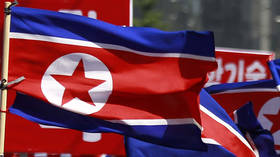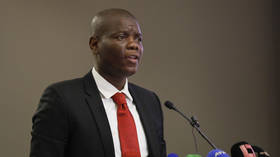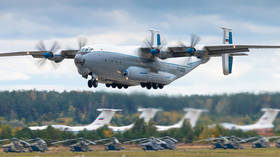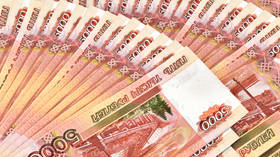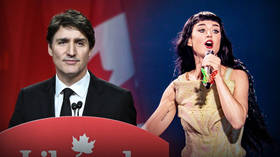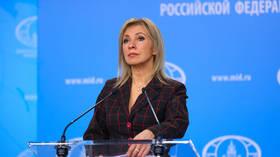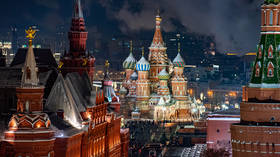Pyongyang continues shelling and missile tests – Seoul
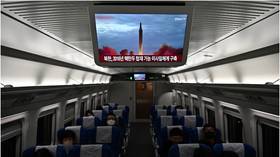
North Korea fired around 100 artillery shells and six more missiles into the Yellow Sea and the Sea of Japan, known to Koreans as the East Sea, on Wednesday, Seoul’s military has said.
The statement came hours after South Korea’s Joint Chiefs of Staff (JCS) reported that the North had launched at least 17 ballistic and other missiles, one of which crossed the so-called Northern Limit Line (NLL), the de facto maritime border, for the first time since the end of the Korean War in 1953. The JCS described the move as “very rare and intolerable.”
According to the JCS, the shells were fired from the North’s Kangwon Province, which borders South Korea. The JCS said that Pyongyang began its missile barrage at around 6:50am local time by launching four short-range ballistic missiles into the Yellow Sea from the northeastern Pyongan Province, and two hours later fired three more from the vicinity of the eastern city of Wonsan.
In response to the launches, South Korean F-15K and KF-16 fighter jets fired three air-to-surface missiles into the sea across the NLL.
“Our military’s response reaffirms our resolve to sternly respond to any provocations and shows that we are capable of accurately striking our enemy,” the JCS said, adding that the South’s missiles had flown an equivalent distance as the ones fired by the North.
South Korean President Yoon Suk-yeol said the launch beyond the NLL is “an actual invasion” of the country’s territory and that the North’s actions will not damage Seoul’s alliance with the US, according to his office.
Japanese Defense Minister Yasukazu Hamada told reporters that Pyongyang fired at least two ballistic missiles, but that they fell outside of Japan’s exclusive economic zone. Prime Minister Fumio Kishida condemned the launches as “absolutely unacceptable.”
The apparent show of force came as the US and South Korea are conducting the week-long annual ‘Vigilant Storm’ exercise, during which around 240 warplanes are performing roughly 1,600 sorties, the largest number in the drill’s history, according to the US Pacific Air Forces.
A spokesperson for the North Korean Foreign Ministry on Tuesday denounced the drill as escalatory and warned of “more powerful follow-up measures.”
Pyongyang has said previously that it considers joint US-South Korean exercises a threat to its security. Pak Jong-chon, a senior official at the ruling Workers’ Party of Korea, stated that Washington and Seoul will “pay the most horrible price in history” if they use force against the North.
